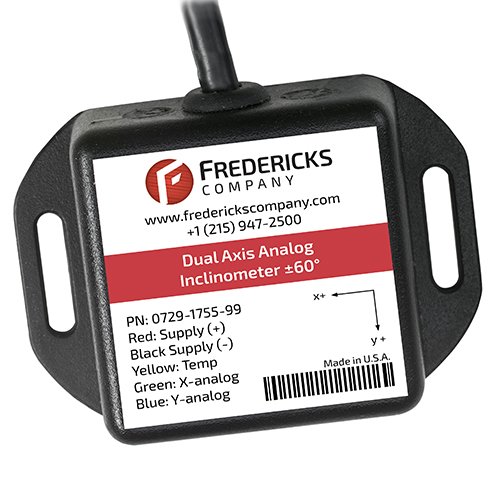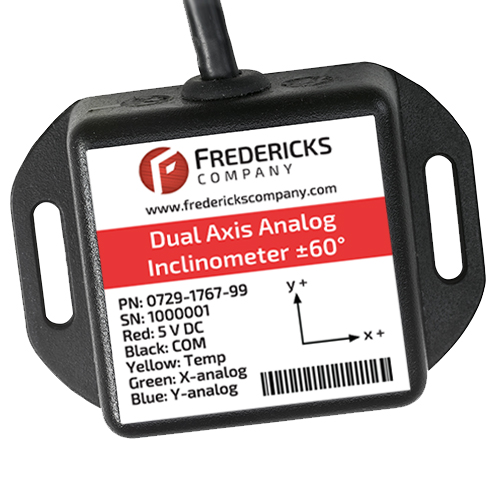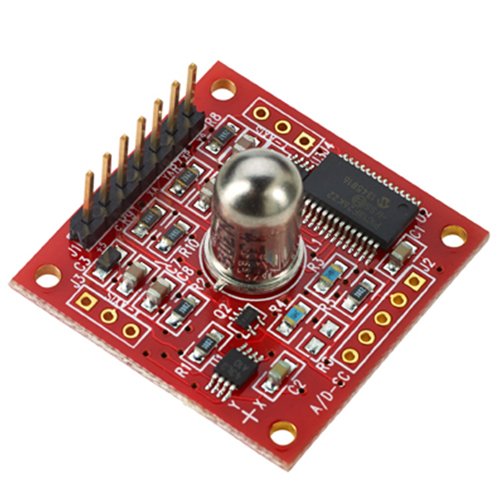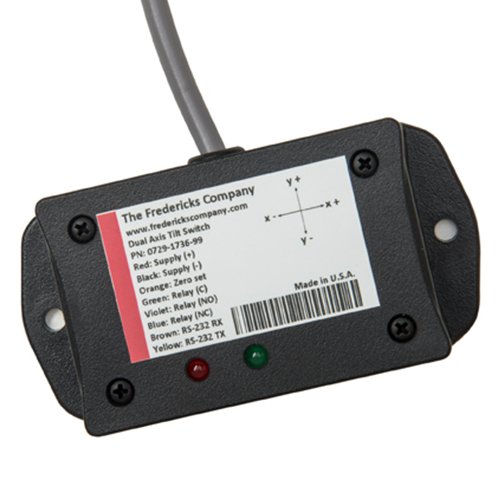They are called by many names: scissor lifts, bucket lifts, boom-mounted buckets, vehicle-mounted boom buckets, but they all really are MEWPs—mobile elevating work platforms.
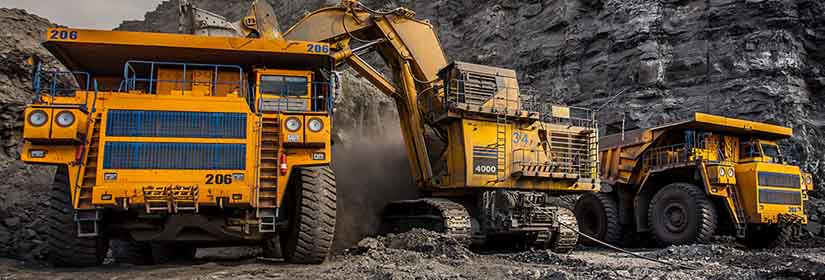
They can be found in construction, warehousing, utilities, and other industries where applications exist with the need to move a person from the ground to a specific height, and do it safely, simply, and repeatedly.
Tilt sensors and switches have been proven to enhance safety conditions for operators and play a key role in preventing tip overs and other workplace accidents.
MEWP mishaps can occur on scissor lifts, aerial devices such as telescopic (telehandlers) or articulating boom lifts, and vertical mast lifts. The most common MEWP mishaps include:
- Entrapment: An operator becoming trapped between the MEWP and a fixed structure
- Overturning: Ground conditions, such as the slope or pressure, causing the MEWP to overturn
- Falling: An operator falling from the MEWP platform
- Collisions: The MEWP colliding with pedestrians, other vehicles, or power lines
To avoid these common mishaps from occurring in your place of work, learn how the right tilt sensors, inclinometers, and tilt switches can improve the safety, and ultimately the productivity, of your team: 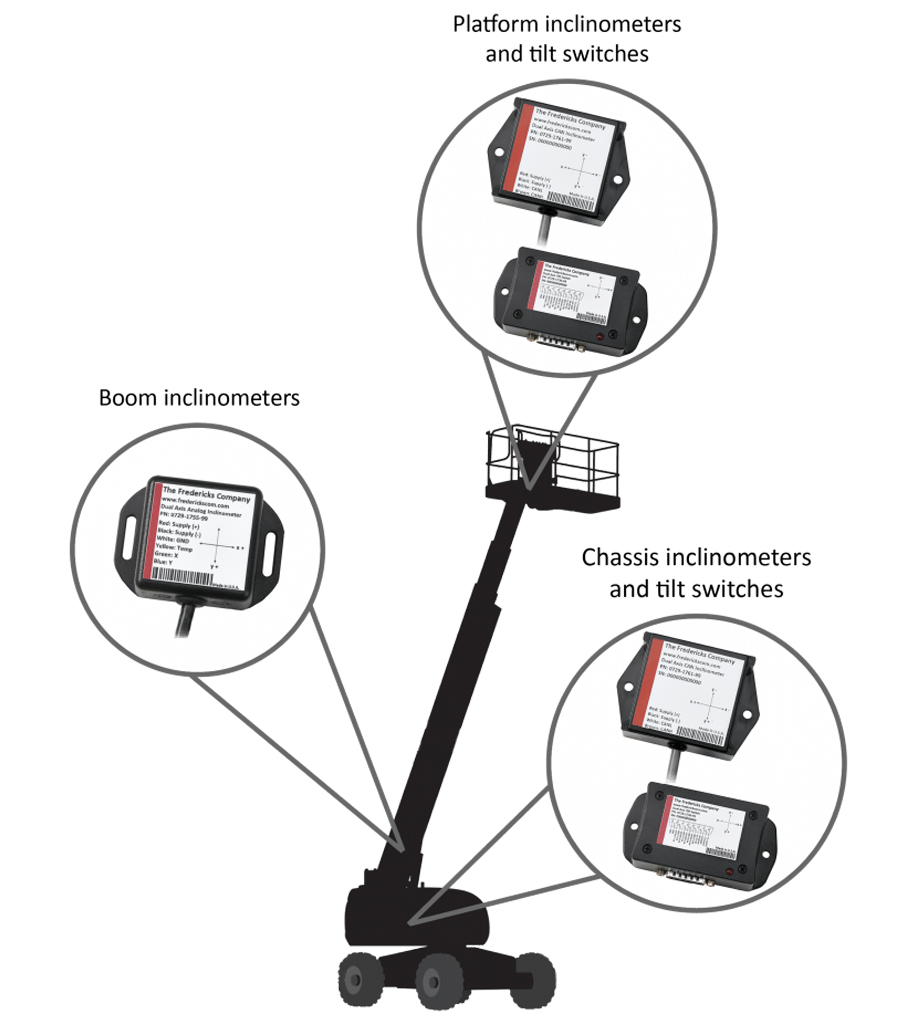
- Monitoring the Chassis Tilt Angle: Chassis angle measurement guarantees that the base of the MEWP is within safe angle limits for vehicle operation. If the sensor indicates the vehicle is in an unsafe position for operation, the MEWP vehicle controller can inhibit the operator’s ability to take actions like extending or moving the boom on a boom lift, or increasing the platform height on a scissor lift, among many other things. Because the operator is prevented from taking these actions, the likelihood of an overturn or a fall is significantly reduced.
- Monitoring the Platform Tilt Angle: Platform angle measurement guarantees that the platform of the vehicle is level with the chassis of the vehicle and can be used in conjunction with other sensors to allow the MEWP vehicle controller to do load calculations. This can prevent an unsafe load which could cause the vehicle to overturn or the operator to fall.
- Monitoring the Platform Height: Platform height is a function of the scissor lift arm angle or the boom angle, so angle measurement allows the MEWP vehicle controller to calculate the platform height and combine it with information from other sensors to do load calculations. Again, this can prevent unsafe loads which could cause the vehicle to overturn or the operator to fall.
Here are some key features to look for when selecting tilt sensors, inclinometers, and tilt switches for MEWP applications:
- Accuracy: Ensure you understand the accuracy of the unit you’re considering. Suppliers often interchange the definitions of accuracy, repeatability, and linearity, to prevent the end-user from understanding the true accuracy of a device. But it’s important that your tilt sensor, inclinometer, or tilt switch provides an accurate output during the vibration experienced on a MEWP.
- Integration: Make sure you select the correct output for your tilt sensor, inclinometer, or tilt switch to make the integration process as simple as possible.
- Environmental protection and certifications: Ensure that the tilt sensor, inclinometer, or tilt switch you select has sufficient environmental protection, such as an IP rating, and that it has the necessary certifications and compliance, such as CE, UL, RoHS, or REACH.
- Price: Feature rich and/or extremely high accuracy tilt sensors, inclinometers, and tilt switches can seem like an attractive option, but often their price is prohibitive for OEM applications.
Recommended Tilt Measurement Solutions for Construction Vehicles
Operating Range: ±60°
Interface: Analog
Operating Range: ±60°
Interface: Analog
Operating Range: ±60°
Interface: Analog
Operating Range: ±60°
Interface: Analog and PWM
Learn More About Our Tilt Sensors
Additional Resources
- AN 1000: Electrolytic Tilt Sensor Excitation
- AN 1001: Temperature Compensation of Electrolytic Tilt Sensors
- AN 1005:Converting Tilt Angle to Degrees
- AN 1006: Obtaining Measurements from TFC Signal Conditioners
- Sensing Danger: How inclinometers & tilt switches improve MEWP safety
- New Safety Regulations: Tilt Sensors and MEWPs







